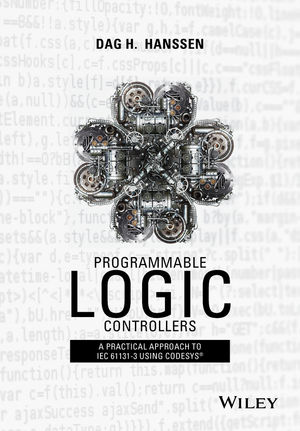
Published on: 01.08.2016
Number of pages: 74
Written by: Marc Poulin
Publish by: Self-publish
Conclusion
All about lists in python in one book.
Review
This book does what is explained in title.
Gives all information, with source code examples, regarding lists in python.
I already know 95% of content, but did need few years to learn it all, better was just to read this book.
Good to have as quick reference.









